Holmes
Experienced Member
Hi All,
I tried searching on this topic, and it doesn't look like there's been one like it!
How do you protect your computers from time? Since many vintage PCs have some physical aging (yellowing, sun-damage, etc), how do you try to keep your babies looking clean and new (or as-new-as-possible)?
I read some articles about oxidation damage to these computer case plastics. I thought about boxing them up in their original boxes in plastic, but where's the fun in that? I collect these machines so I can USE them.
So I decided to make computer covers for them. I figured sunlight and air flow were the evil components. Since computers preserved in their original plastic appear to be unchanged from the passage of time, I figured that a plastic bag would probably be the best. The problem with it is it's so ugly.
I decided to use a 100% polyester fabric. Each time I get a new PC, I make paper templates for the cover, cut the fabric to size, and stitch it all together. They take a little time, but it's a labor of love. OK, it's not too manly, but I promise I listen to manly music while I'm doing it!
So here are some examples of my covers:
My IBM PC (5150):
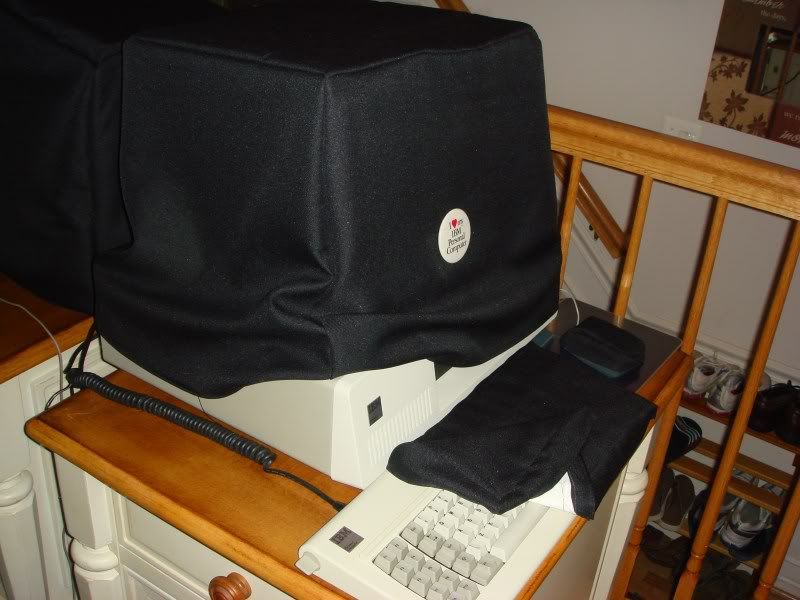
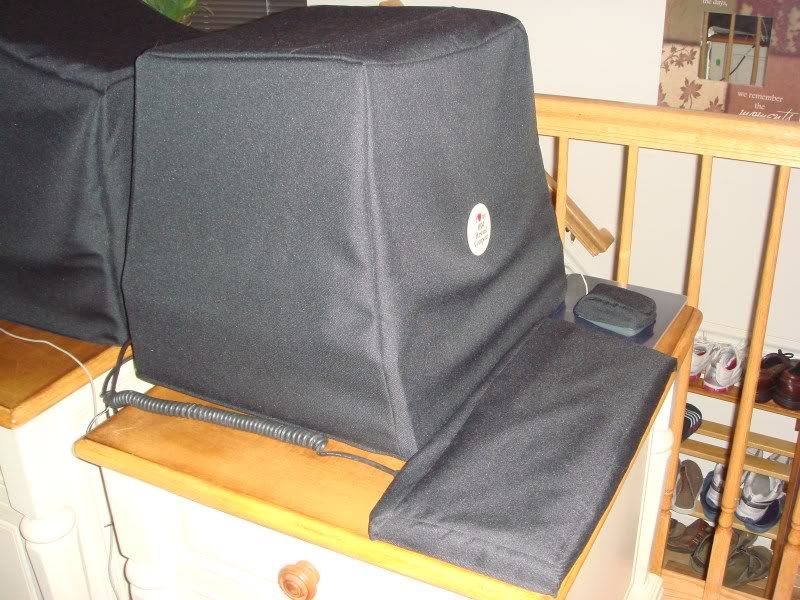
My IBM PS/2 Model 70 (8570):
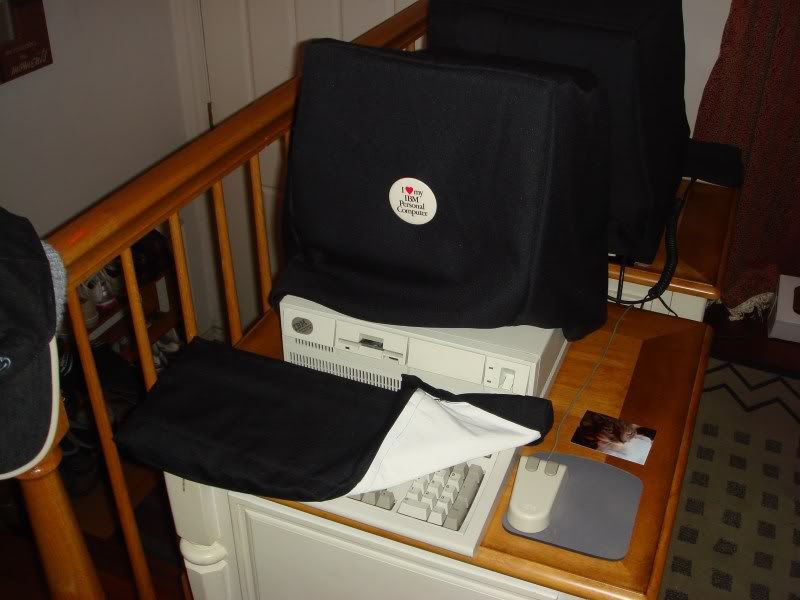
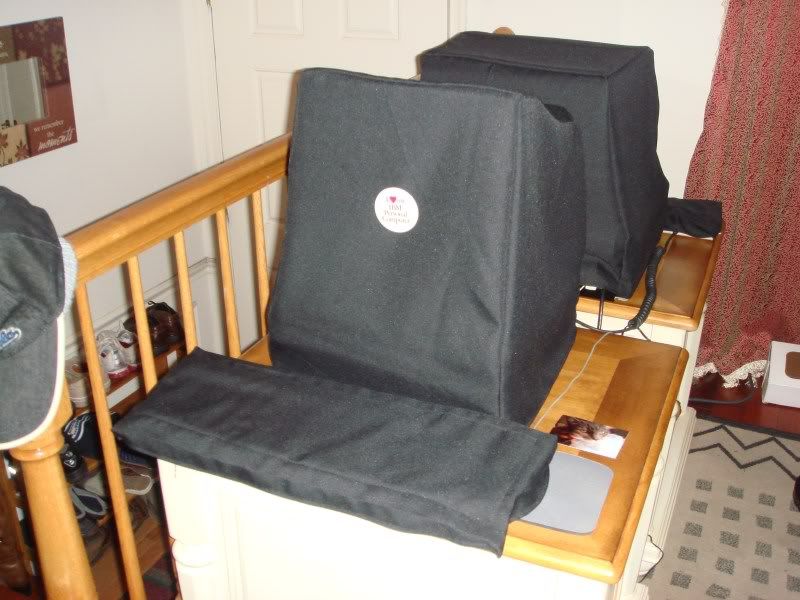
I guess this button says it all!
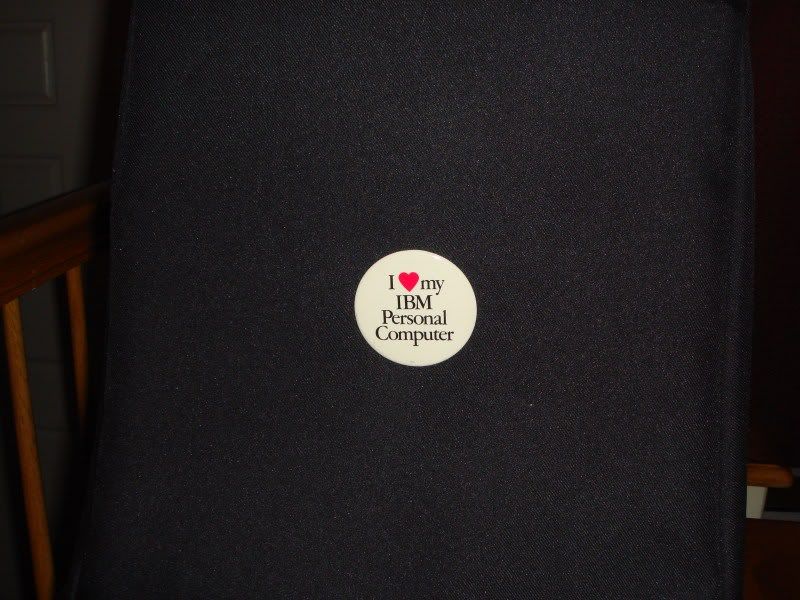
So am I the only one that does this?
I tried searching on this topic, and it doesn't look like there's been one like it!
How do you protect your computers from time? Since many vintage PCs have some physical aging (yellowing, sun-damage, etc), how do you try to keep your babies looking clean and new (or as-new-as-possible)?
I read some articles about oxidation damage to these computer case plastics. I thought about boxing them up in their original boxes in plastic, but where's the fun in that? I collect these machines so I can USE them.
So I decided to make computer covers for them. I figured sunlight and air flow were the evil components. Since computers preserved in their original plastic appear to be unchanged from the passage of time, I figured that a plastic bag would probably be the best. The problem with it is it's so ugly.
I decided to use a 100% polyester fabric. Each time I get a new PC, I make paper templates for the cover, cut the fabric to size, and stitch it all together. They take a little time, but it's a labor of love. OK, it's not too manly, but I promise I listen to manly music while I'm doing it!
So here are some examples of my covers:
My IBM PC (5150):


My IBM PS/2 Model 70 (8570):


I guess this button says it all!

So am I the only one that does this?
